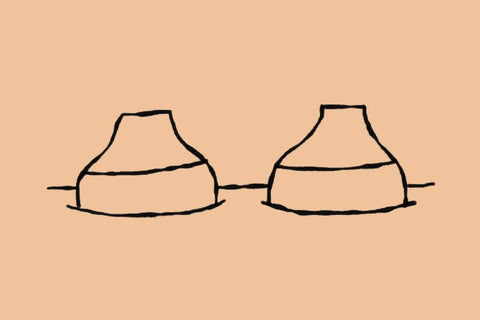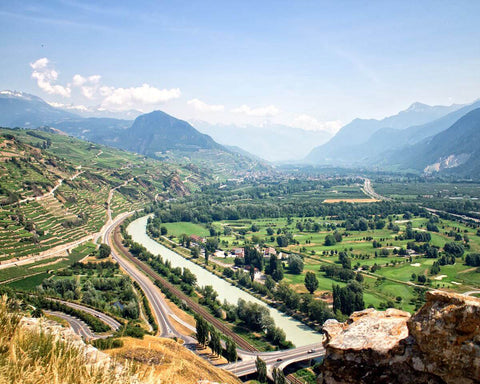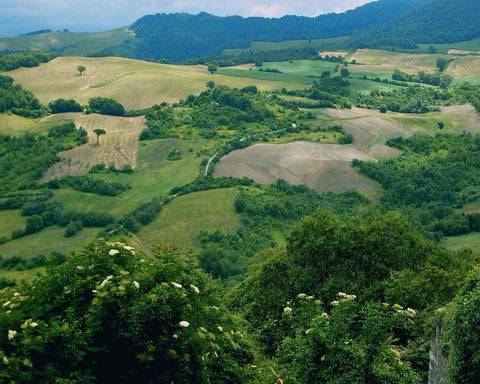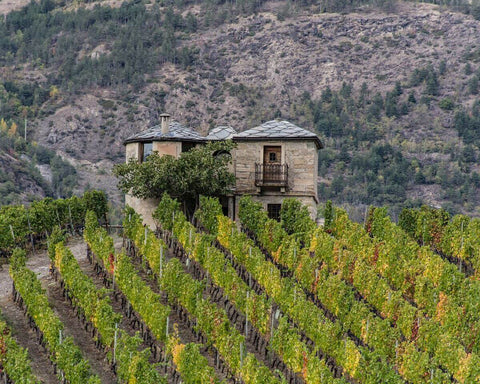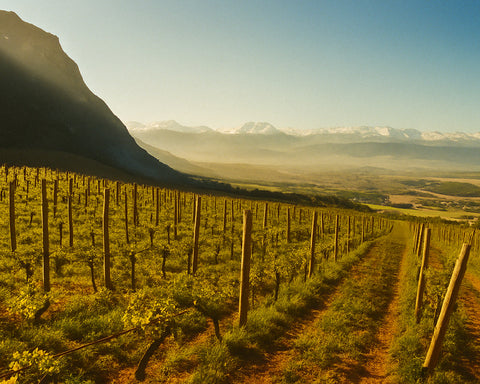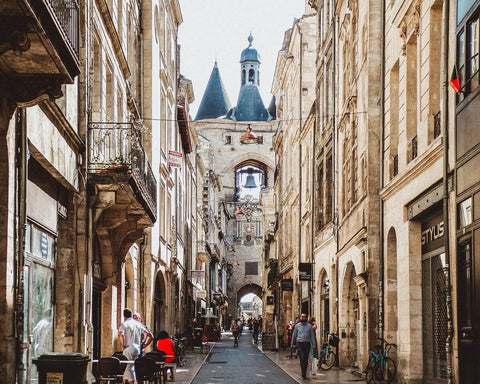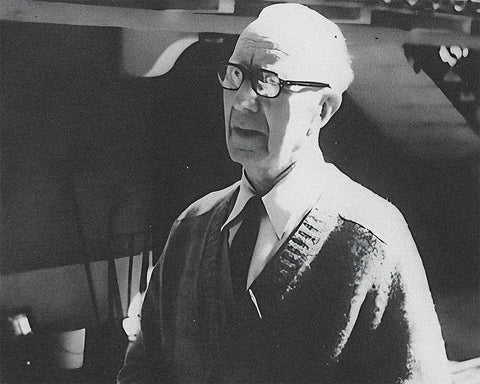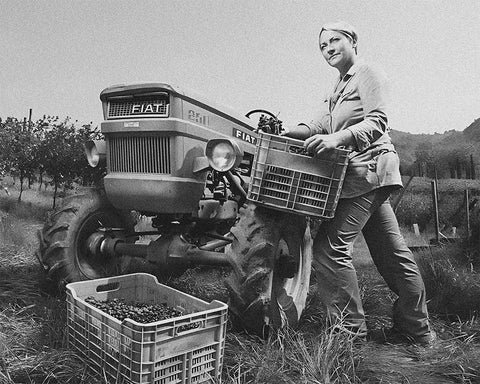In the wine world of today sulfites are a hot topic creating both debate and sometimes confusion. Let's try and dispel some of the myths surrounding the use of sulfites in winemaking.
What are Sulfites?
Sulfites, or sulfur dioxide (SO2), is a chemical compound naturally occurring or produced in a laboratory, which is used as a preservative for wine and foodstuff due to its antioxidant and microbial properties.
In conventional winemaking, sulfites are added at different stages of the production in order to protect the wine from spoilage. Sulfites are used in modern winemaking to eliminate bacteria at different stages of the winemaking process:
• When grapes are harvested and brought to the winery.
• When grapes undergo fermentation.
• When wine is transferred from vessels in the cellar.
• When wine is bottled - also to sterilize equipment.
Without Sulfites or Low Sulfites?
As mentioned in our text on low-sulfites wine, there are many misconceptions flourishing around sulfites, among them the most outrageous is the idea that zero-sulfites wine exist.
Claiming that a wine has zero sulfites is, in fact, incorrect: no wine is completely sulfite-free since a low level of sulfites forms naturally during the fermentation process.
The only correct definitions are "No added sulfites wine" or "low sulfites wine", everything else is false.
Is Low Sulfites Wine Headache-free?
Another misconception is believing that sulfites are the only cause of wine-related headaches. If it is certainly true that there are many people who are intolerant to sulfites, such headaches are never the caused only by sulfites.
There are so many factors influencing whether or not a hangover or a headache may or may not incur that claiming a causation with the presence of sulfites in wine is imprecise.
Even for people very sensitive to sulfites with a diagnosed intolerance, it is never only sulfites the cause of headaches. Sulfites are present in far greater quantities than in wine in many other foods and drinks. One famous example is dried fruit, which has a sulfite content two times greater than any conventional wine.
Wine-related headaches are in fact highly subjective and can be caused by a wide array of factors. However, there are people who might have developed a form of intolerance to higher quantities of sulfites in wine, which manifests itself as a throbbing headache.
Sulfites in Natural Wine
Most natural winemakers don't add sulfites at all, upon bottling or at any other stage of winemaking. When natural winemakers do add sulfites, the level of added SO2 in natural wines is usually kept to a minimum. The reason for this, especially true for white wines, is twofold.
First, natural wine, like any other wine, is shipped across countries or oceans. Shipping wine is a notoriously delicate process, and a little sulfur helps to stabilize and protect the wine during this phase. Second, it helps to prevent flaws caused by a difficult vintage - it is never used to hide faults or to doctor the wine.
Wine writer and indefatigable natural wine advocate Alice Feiring defines natural wine as wine which has “nothing added, nothing taken away, a touch of sulfur if needed”. The use of sulfites in natural winemaking has been an accepted practice for decades now. As mentioned, the quantities added are very low and neither affect the taste of the wine nor do they have side effects such as headaches for wine drinkers sensitive to sulfites.
A Brief History of Sulfites
The reason why a low level of sulfites can be accepted even in natural winemaking, other than the fact that it is a naturally occurring phenomenon, might also be its historical connection: sulfur, the basis of sulfites, has been used in winemaking since ancient times and in its elemental form - elemental sulfur - is safe for use in small quantities.
The Romans, after having tried different methods for preserving wine - for instance adding spices, resin or sea water to the wine to, if not protect the wine, at least cover up its oxidation - discovered that sulfur dioxide was a great way of stopping the wine from turning into vinegar.
The ancient Greeks, having access to a lot of volcanic sulfur, were well aware of the antiseptic qualities of the substance. Both Romans and Greeks used to burn sulfur candles to sterilize amphoras and barrels for wine production.
However, it was only in the late Middle Ages when all the ancient and traditional preservation methods were completely abandoned and substituted by the almost exclusive use of sulfur to preserve and stabilize wine.
Whereas during medieval times the use of sulfur was motivated primarily by the need to preserve wine as best as possible since most of the traditional preservation techniques had been abandoned, today the approach to sulfites is more complex and more polarized.
On one hand, we have conventional winemakers who use sulfites abundantly, especially for industrially mass-produced wines; on the other hand, we have natural winemakers who either don't add sulfites at all or keep sulfites to a minimum quantity.
It should also be mentioned that there are different types of sulfur dioxide used in winemaking: in the past, it was "elemental" sulfur dioxide; in modern winemaking, sulfur dioxide is a synthetic chemical product. This is a primary concern for natural winemakers, who use elemental sulfur whenever possible.
Author: Sara Nässén ©
